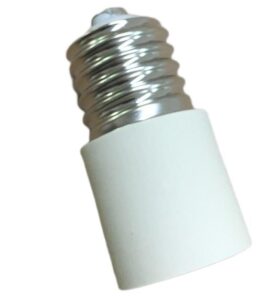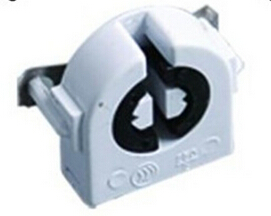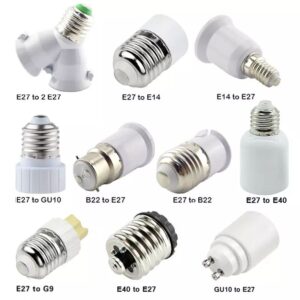When you think of porcelain, the first things that come to mind might be delicate tea sets or intricate figurines. But did you know that porcelain plays a vital role in the lighting industry? As someone deeply involved with James Lighting, I’ve had my fair share of experiences with porcelain components.
At its core, a porcelain socket is a device used to connect a light bulb to an electrical supply, with porcelain acting as an insulator. Given the variety of materials available, one might wonder why porcelain is the preferred choice. Let’s explore this further.
Porcelain lamp holders are often unseen heroes, hidden within fixtures but providing a foundation for our luminescent experiences. I’ve broken down the topic into a few sections to help shed light on this fascinating subject.
Why Porcelain for Sockets?
Porcelain is not only beautiful but is also an excellent insulator. In the world of electrical components, this means it can prevent electrical current from unintentionally transferring to other objects, ensuring safety.

At James Lighting, we recognize the importance of safety. Porcelain’s non-conductive nature allows us to provide products that not only illuminate spaces but also prioritize the well-being of users.
The Manufacturing Process: How Do We Do It?
To create our porcelain light sockets, we first mold the porcelain into the desired shape. This shape is then fired at high temperatures, resulting in a hard and durable product.
Over the years at James Lighting, we’ve perfected our process to ensure the highest quality. Our sockets are meticulously crafted, reflecting our commitment to excellence and reliability.
Why Not Use Other Materials?
While materials like plastic or metal might be common in some applications, they don’t offer the same benefits as porcelain. Metal can conduct electricity, while certain plastics might melt or degrade over time with heat.

Our choice to use porcelain at James Lighting is backed by research and years of experience. The resilience and insulating properties of porcelain ensure our sockets stand the test of time.
Application in Modern Lighting
Porcelain sockets aren’t limited to traditional settings. They’re found in a range of modern fixtures, proving their versatility and relevance in contemporary design. !
From our factory floors to homes and businesses, we’ve witnessed how our porcelain sockets seamlessly fit into various designs. They’re the backbone of many fixtures, ensuring both style and function.
Maintenance and Care
Given the durability of porcelain, our sockets require minimal maintenance. However, it’s always good to periodically check and ensure all components are functioning correctly. !
Trust me, a little attention goes a long way. At James Lighting, we always advise our clients on best practices to maximize the lifespan of their lighting components.
Environmental Impact
One might ask, “Is porcelain eco-friendly?” The answer is, largely, yes. Porcelain can be recycled, and its long lifespan ensures reduced waste.
We at James Lighting are conscious of our environmental footprint. Our choice to utilize porcelain not only stems from its excellent functional properties but also from our commitment to sustainable practices.
Advantages of Purchasing from James Lighting
When you buy from us, you’re not just purchasing a product; you’re investing in years of expertise, research, and dedication to the craft.

Our porcelain light sockets are a testament to our dedication to quality and innovation. We pride ourselves on offering top-tier products, paired with impeccable service.
Conclusion
Porcelain lamp sockets, while often overlooked, play a pivotal role in lighting. Their durability, safety features, and adaptability to modern designs make them a preferred choice for many. At James Lighting, we’re proud to be at the forefront of this industry, delivering excellence one socket at a time.













